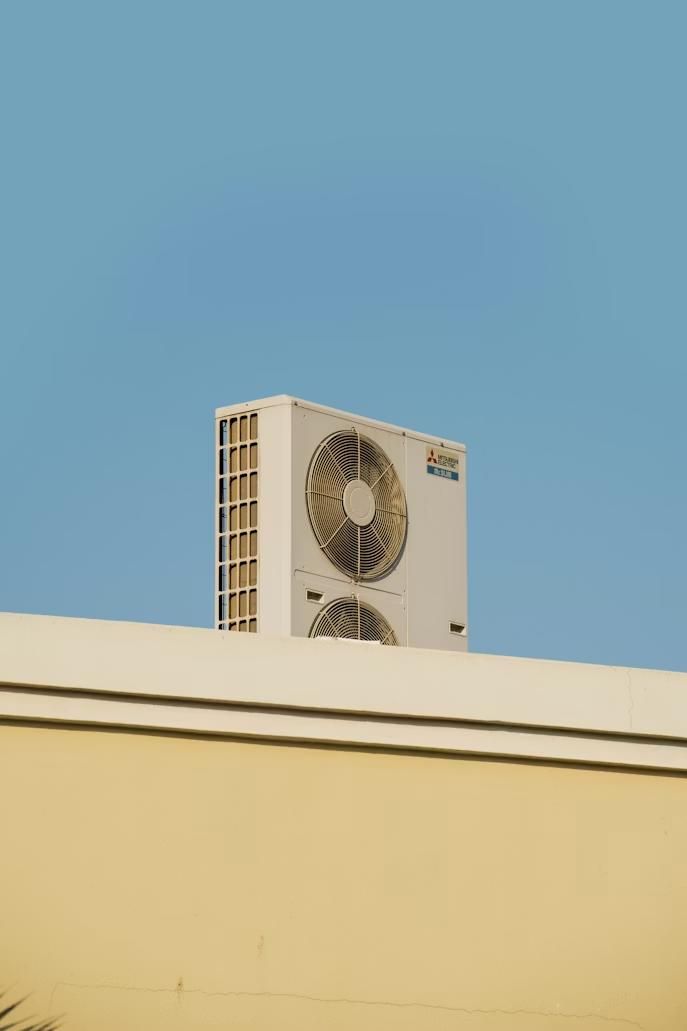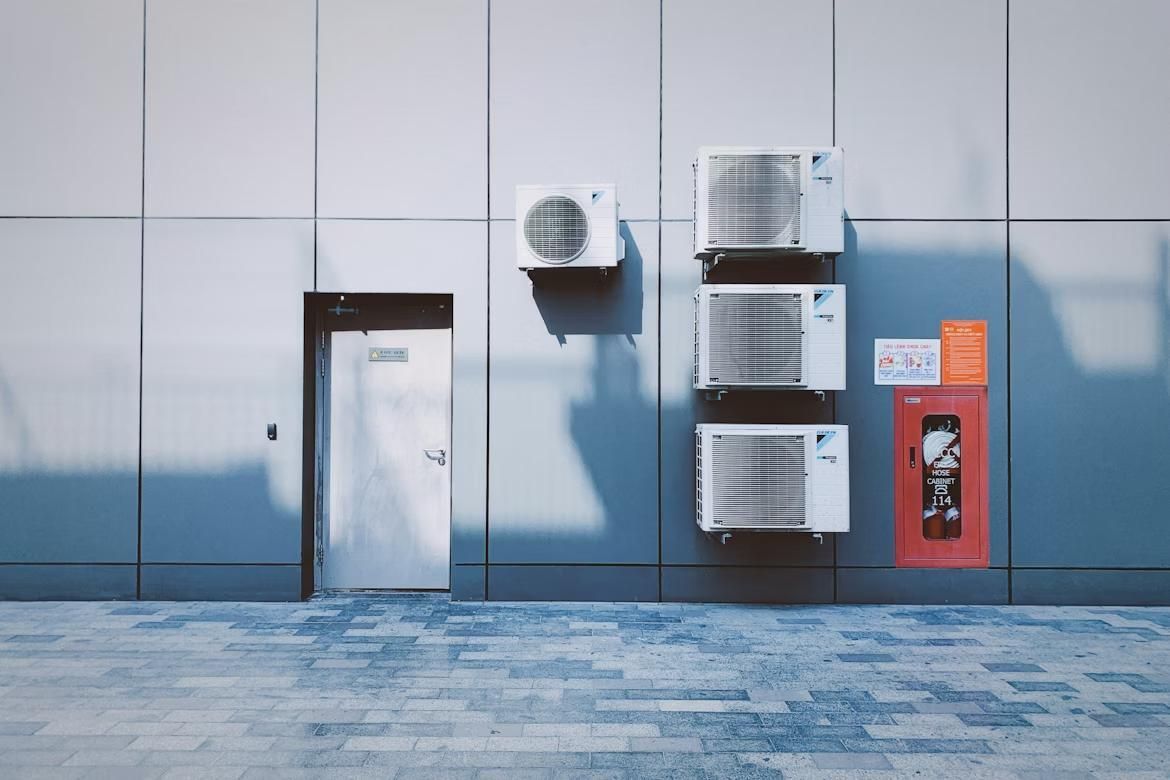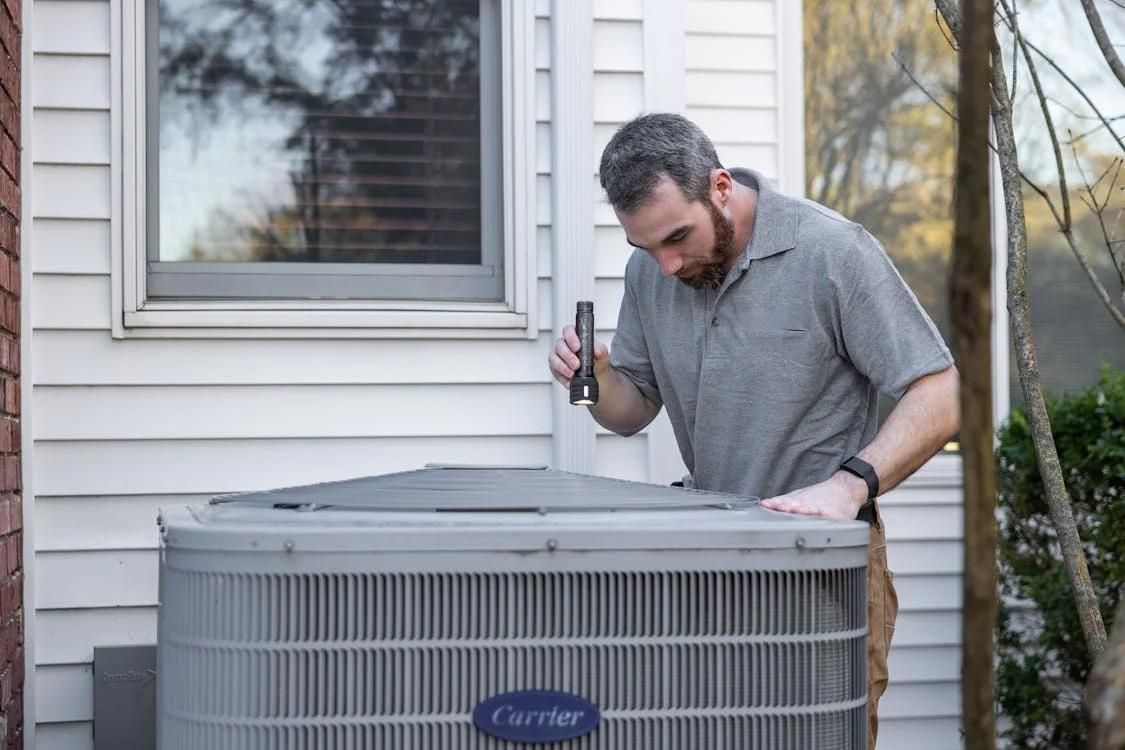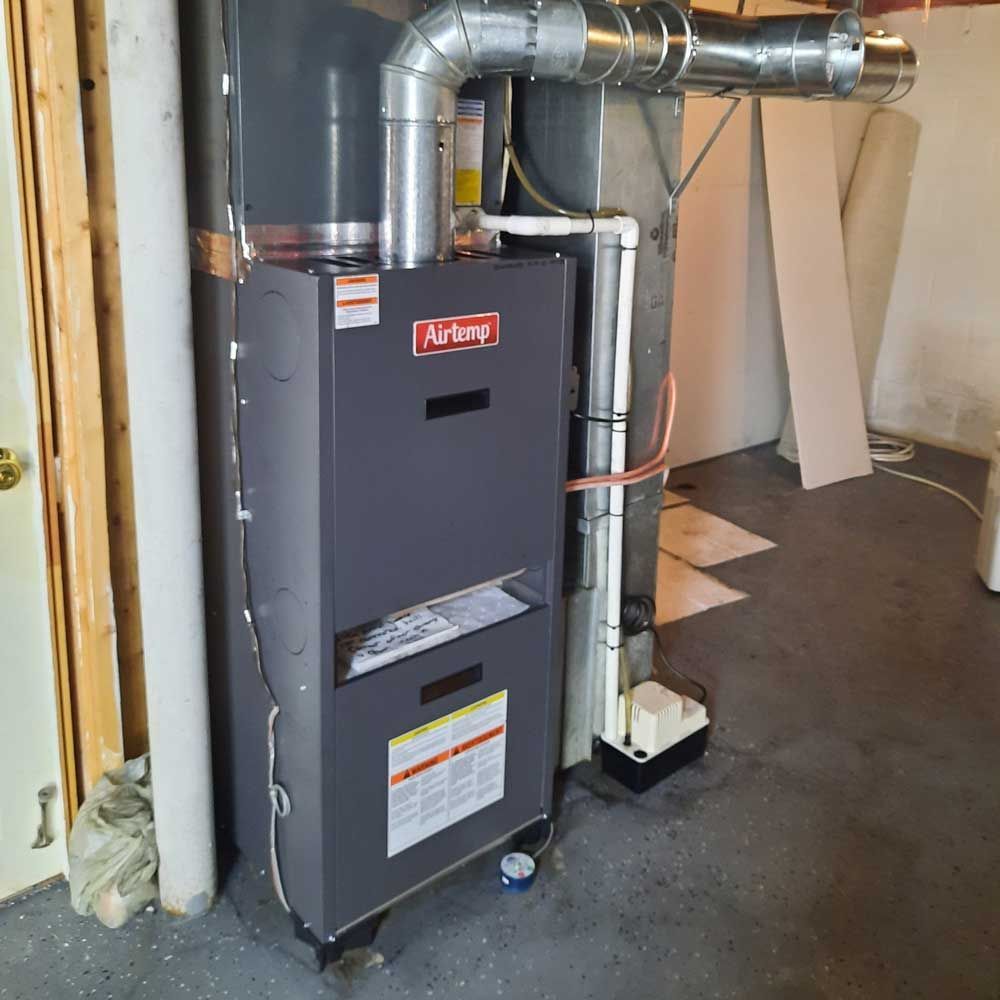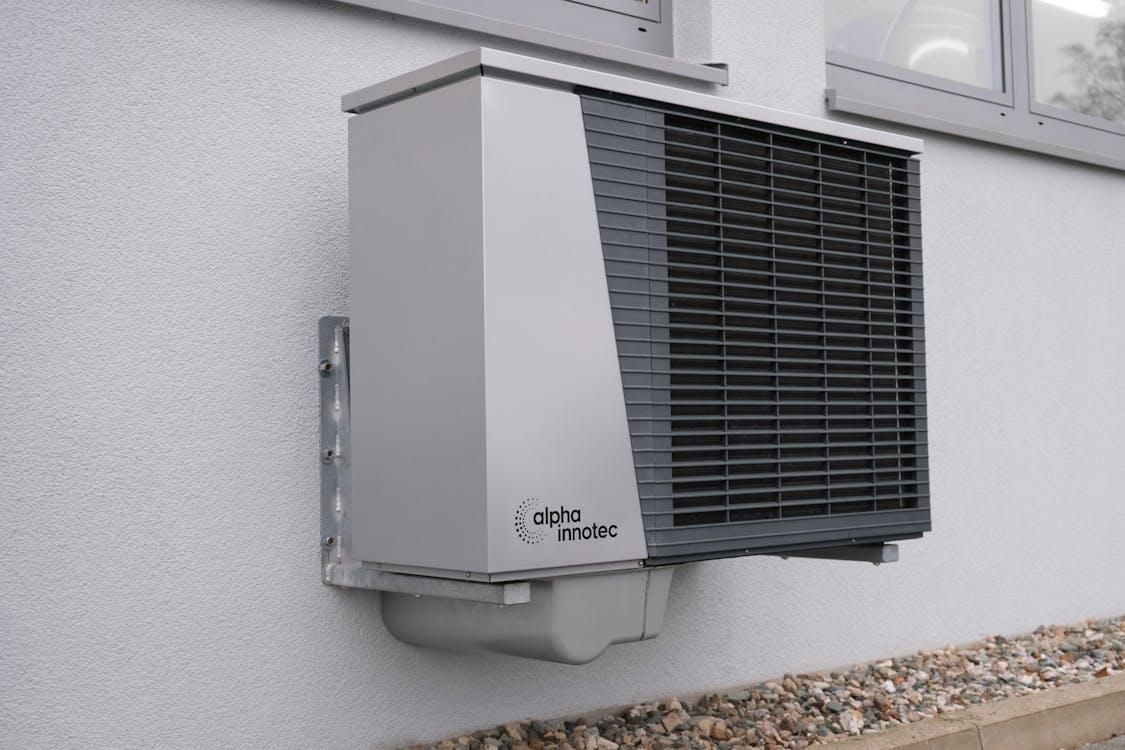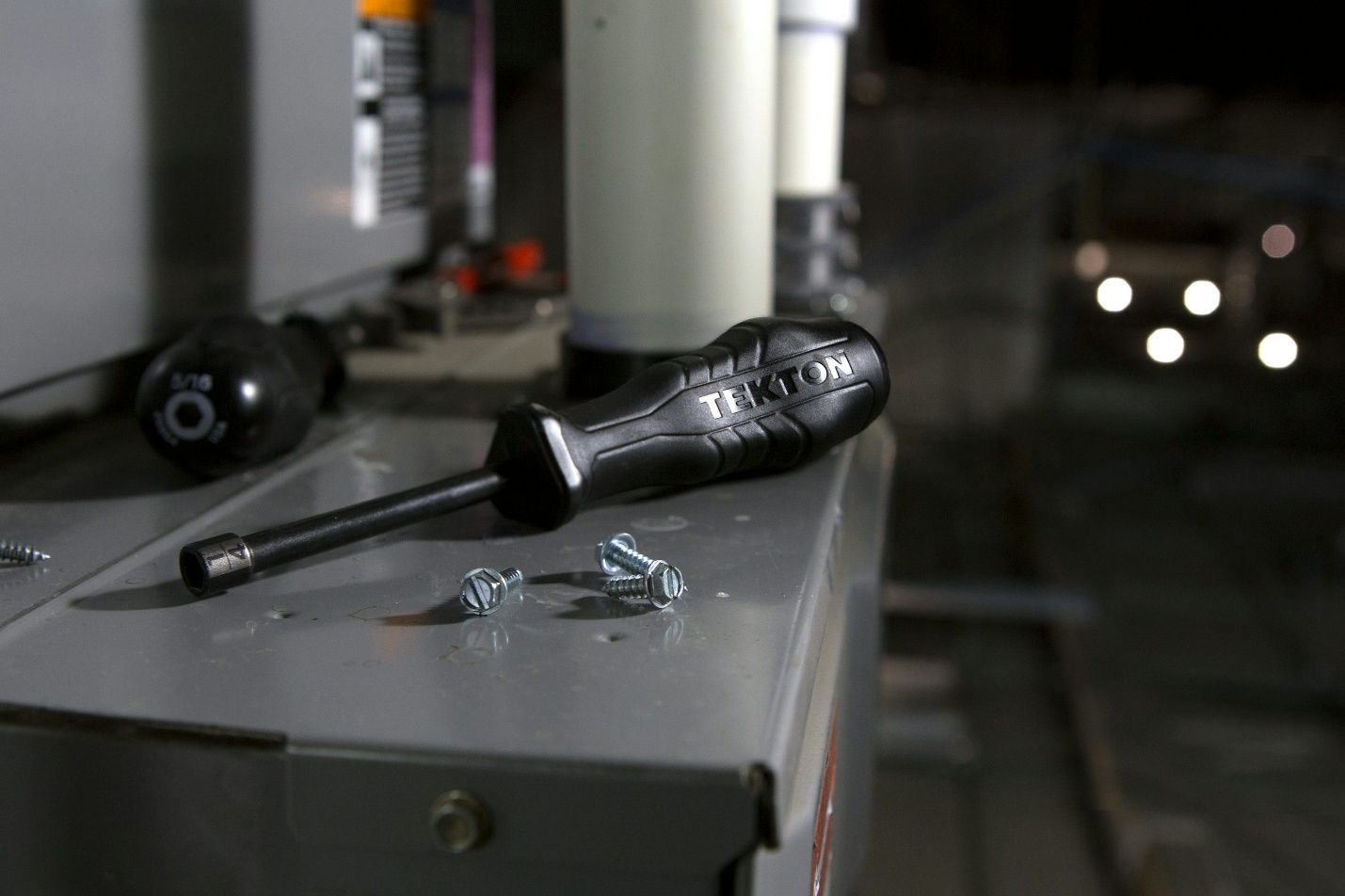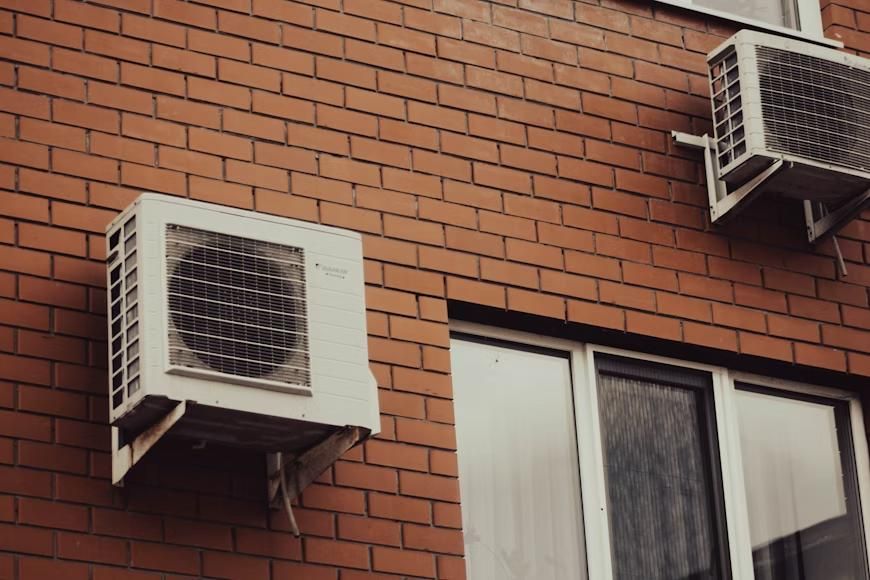Ductless Mini-Splits vs. Central HVAC: Which Is Right for Your Home?
magine this: it’s the middle of July in Maryland, and your upstairs bedroom feels like a sauna—while the downstairs feels like a meat locker. Or it’s February in Pennsylvania, and your heating bill just doubled overnight. If this sounds familiar, you might be wondering if there’s a better way to control your home’s comfort—and your energy bills.
Enter the battle of modern climate control: ductless HVAC systems vs. traditional central HVAC setups. Both have strengths. Both have drawbacks. And one may be the game-changer your home needs. Let’s break it down.
What Is a Ductless HVAC System?
Ductless mini-splits are heating and cooling systems that deliver air directly into different zones of your home—without needing ducts. Each system has two main components: an outdoor condenser and one or more indoor air-handling units mounted on walls, ceilings, or floors.
These systems use heat pump technology to transfer heat rather than generate it, making them ultra-efficient. You can control each indoor unit independently, so you’re only conditioning the rooms you’re actually using.
This flexibility has made ductless HVAC systems a popular choice for energy-conscious homeowners in Maryland, Pennsylvania, and Delaware who want precision control without tearing into walls for ductwork.
What Is a Central HVAC System?
In contrast, a central HVAC system uses a single heating and cooling unit (like a furnace or air conditioner) connected to a network of ducts that distribute conditioned air throughout your entire home.
This is the traditional setup in most American homes—especially those built after the 1970s. Central HVAC can be powered by electricity, propane, oil, or natural gas, and typically includes a thermostat for whole-home temperature control.
While central systems are efficient in larger homes with existing ductwork, they’re not always the best fit for older homes, renovations, or additions that lack duct infrastructure.
Installation: Speed, Cost, and Complexity
Let’s start with the installation experience. If your home already has ductwork in good shape, a central system may seem like the obvious choice. But for homes without ducts—or with ductwork in poor condition—installation becomes expensive and invasive.
Installing ductless HVAC systems is often faster and cleaner. There’s no need to open up ceilings or walls, and the indoor units connect to the outdoor compressor via a small conduit. Many homeowners complete the switch in a single day, depending on how many zones they need.
Plus, ductless systems eliminate the risk of duct leakage—something that can reduce system efficiency by up to 30%, according to the U.S. Department of Energy.
If you're planning a home addition, garage conversion, or finished basement, AC installation in Delaware or Maryland using a ductless mini-split often costs far less than extending your ductwork.
Energy Efficiency and Utility Bills
Here’s where things really start to diverge.
Ductless HVAC systems operate on inverter technology, meaning they modulate power to maintain consistent indoor temperatures. Instead of turning on and off like traditional systems, they adjust in real-time. This results in significant energy savings, especially in mild seasons.
Meanwhile, central systems—particularly older ones—may struggle to deliver even comfort. They often overshoot target temperatures, wasting energy and driving up utility bills. Even modern central HVAC setups can’t compete with the zoned comfort control of a ductless system.
For homeowners focused on reducing their carbon footprint or energy bills, ductless is a no-brainer.
Zoning and Room-by-Room Control
With central HVAC, one thermostat controls the entire house. That’s great—until it’s not.
If your upstairs bedrooms are too warm while the downstairs living room is too cold, there's not much you can do without investing in zoned central HVAC (which comes at a premium).
Ductless HVAC systems, on the other hand, allow you to install multiple indoor units—each with its own remote or thermostat. That means Mom can keep her office at 68°F while the kids nap comfortably at 72°F upstairs.
This level of custom control isn’t just convenient—it’s transformative for homes with varied usage patterns or inconsistent insulation.
Comfort and Air Quality
You may not realize it, but your ductwork could be affecting your air quality. Dust, mold spores, and allergens build up in ducts over time. Unless you're scheduling regular HVAC maintenance service, those pollutants circulate with your conditioned air.
Ductless systems bypass this entirely. With built-in multi-stage filtration, ductless HVAC systems remove airborne particulates and keep indoor air fresher—something especially valuable in older homes or for residents with allergies.
Additionally, ductless systems tend to run quieter than central systems, as there’s no blower pushing air through long duct runs. The result is near-silent operation—something you’ll appreciate when you’re working from home or enjoying a quiet evening in.
Heating in Winter: Who Wins?
Most homeowners in Pennsylvania and Maryland are used to relying on traditional furnace systems during winter. So how do ductless systems hold up in the cold?
Modern ductless mini-splits have improved significantly in recent years. Cold-climate models now provide reliable heat even when outdoor temperatures drop below zero. Some models are rated to operate at -13°F, making them a viable option for heating installation in Pennsylvania homes.
However, in especially large homes with extreme winters, central furnaces still offer an advantage—particularly if you're heating with propane or oil, where high BTU output is critical.
But for well-insulated homes or homes with supplemental heat, a ductless HVAC system can absolutely replace or complement your existing setup—and lower your heating bill in the process.
Repairs and Maintenance Needs
Central HVAC systems require more maintenance simply because they have more components: air handler, ducts, furnace or AC unit, blower motors, and vents. If something goes wrong—like a duct leak or cracked heat exchanger—it can be costly to fix.
Ductless systems, while not maintenance-free, are easier to service. Clean filters, clear outdoor units, and basic HVAC maintenance are typically all you need to keep your mini-split running efficiently.
Plus, each indoor unit operates independently. If one breaks, the others keep working—a big perk compared to central systems, where one fault can shut down the entire house.
And if you're searching for dependable AC repair in Maryland, technicians who specialize in mini-splits are becoming more widespread—especially through regional leaders like Dixie Land Energy.
Aesthetics and Home Design
This is a hot topic: aesthetics.
Central HVAC has the advantage of being invisible. Vents are flush with your walls or floors, and the air handler is tucked away out of sight.
Ductless systems, by contrast, require wall-mounted or ceiling-mounted units. While sleek, some homeowners consider them an eyesore—especially in traditional-style homes.
However, modern mini-split heads are far more attractive than they used to be. Slimline, white or black finishes, and ceiling cassette options can blend beautifully into modern interiors.
For many homeowners, the energy savings outweigh any design concerns. And for homes with limited wall space, floor-mounted ductless units offer a subtle, low-profile alternative.
Cost Comparison: Upfront and Long-Term
When it comes to the dollars and cents of heating and cooling, the decision between ductless HVAC systems and central HVAC isn’t just about sticker price—it's about total cost of ownership over time.
Let’s start with the initial installation. A ductless system—especially when outfitted with multiple indoor units—can cost more per room than a basic central HVAC system. This is particularly true when comparing upfront prices for AC installation in Delaware or Maryland, where many homes already have ductwork in place. The ease of connecting a new furnace or central air unit to an existing duct network can make central HVAC appear like the budget-friendly choice at first glance.
But that’s only part of the story.
A central HVAC system depends heavily on ductwork—ducts that must be clean, well-sealed, and properly insulated to work efficiently. Unfortunately, many ducts aren’t. According to ENERGY STAR, typical duct systems lose 20 to 30% of conditioned air due to leaks, holes, and poor connections. These losses directly inflate your energy bills and strain your system, which can shorten its lifespan.
Ductless HVAC systems, on the other hand, deliver conditioned air directly to each room—no ducts, no losses. They also use variable-speed compressors, which adjust output based on demand, rather than cycling on and off like traditional systems. This means less energy wasted and more precise climate control.
In terms of long-term savings, the numbers speak for themselves. The U.S. Department of Energy reports that homeowners can save up to 30% annually on heating and cooling by switching to ductless. Over 10 years, that could amount to several thousand dollars in utility savings alone—more than enough to offset the initial cost difference.
There’s also the matter of maintenance and repair. Central systems require duct cleaning, sealing, and occasional repair—costs that add up, especially if your ductwork is aging. With ductless systems, you’ll need to keep filters clean and schedule periodic tune-ups, but the absence of ductwork drastically simplifies upkeep.
Working with a trusted HVAC contractor can help you understand your home’s specific cost outlook. They’ll factor in your square footage, insulation quality, number of rooms, energy rates in your area, and usage habits to create a customized cost-benefit analysis.
When you evaluate both the upfront investment and the long-term savings, ductless HVAC systems often come out ahead—especially for homeowners who want greater control, cleaner air, and lower energy bills.
So, Which Is Right for You?
Here’s the honest answer: it depends.
Ductless HVAC systems are a fantastic choice if you’re focused on:
· Zoned temperature control, allowing for different settings in different rooms
· Upgrading an older home without tearing through walls for ductwork
· Improving air quality and reducing allergen circulation
· Lowering your monthly energy bills
· Making smart use of space in home additions, finished basements, or garages
On the other hand, central HVAC may be the better fit if:
· Your home already has a reliable and clean duct system
· You want a streamlined look with minimal visible equipment
· You’re heating and cooling a large, open space—especially in colder climates
· You’re working with a tight budget and need a lower upfront cost
No two homes—or homeowners—are exactly alike. That’s why choosing the right system is less about trends and more about what works for your lifestyle, floorplan, and future energy goals. And with the support of a qualified HVAC contractor who understands the nuances of HVAC services in Maryland, AC installation in Delaware, and heating installation in Pennsylvania, making the right choice becomes a lot easier.
Ready to Upgrade Your Comfort? Let’s Make It Easy.
If you’re weighing the pros and cons of ductless HVAC systems vs. central air, we’re here to help. At Dixie Land Energy, we’ve been installing and servicing HVAC systems in homes across Maryland, Delaware, and Pennsylvania for over 20 years.
Whether you need a quick AC repair in Maryland, a full heating installation in Pennsylvania, or expert guidance on a new AC installation in Delaware, our certified techs bring clarity, professionalism, and honest recommendations.
We’ll walk through your home, assess your current system, and provide a side-by-side comparison tailored to your goals—no guesswork, no pressure.
Contact us at 1-888-517-3680 or schedule a free HVAC consultation and take the first step toward year-round comfort that works for your life. Let’s build the system that works best for you—with the service and support you deserve.


